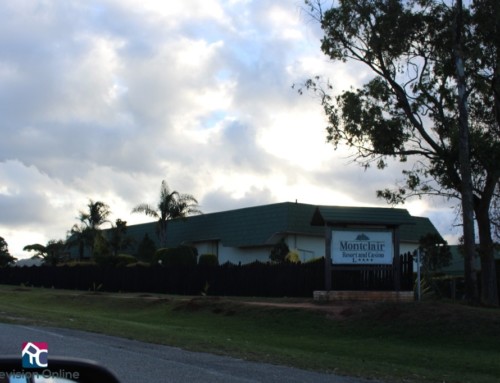
Kansanshi Copper mine in Zambia. Image credit apjjf.org
ZIMSEC O Level Geography Notes: Natural Resources: Case Study:Copper mining in Zambia
The Copper belt
- The following are factors which have influenced the development of copper mining on the copper belt in Zambia:
Geological occurrence of copper
- The copper deposits occur in an axial belt which stretches from Zambia into the Democratic Republic of Congo (DRC).
- The copper ore occurs in seams of varying depths and the seams are gently folded in places.
- Both open cast and shaft mining methods are used in the extraction of copper.
Labour supply
- There is a large amount of migrant labour of all classes from areas within Zambia as well as other neighbouring countries such as Zimbabwe, Malawi and Rwanda.
Technology and capital
- Mining is heavily dependent on foreign investment and mining technology.
Political stability
- Political stability within the whole Southern Africa region is essential for profitable exploitable of copper deposits.
- Internal civil wars in the DRC, Angola and Mozambique have had negative effects on mining in Zambia.
Market/demand
- Exploitation of copper resources is influenced by trends on the world market. The price of copper has been fluctuating at a lower level during the past twenty years and this has reduced profitability of the mining sector.
Transport and distance from the market
- Zambia is a landlocked country.
- Huge amounts of money are spent on transportation of copper through neighbouring countries.
- Internal civil wars in the DRC and Angola have rendered the shortest and therefore most viable rail route to the sea (Benguela railway line) unstable.
- The alternative eastern route which was constructed due to these problems of political instability is too long.
- Use of the TanZam railway line is affected by high fuel costs, shortages of spares and insufficiently port capacity at Dar-es-Salaam.
Government policy
- Nationalization of some mines after the attainment of political independence resulted in reduced output and loss of skilled manpower.
Power supplies
- Hydroelectric power (HEP) comes from the DRC, Kariba and Kafue HEP schemes.
- Initially, coal was railed from the Hwange field but it is now mined from the Mamba deposits in Zambia (Zambezi valley).
To access more topics go to the O Level Geography Notes page







